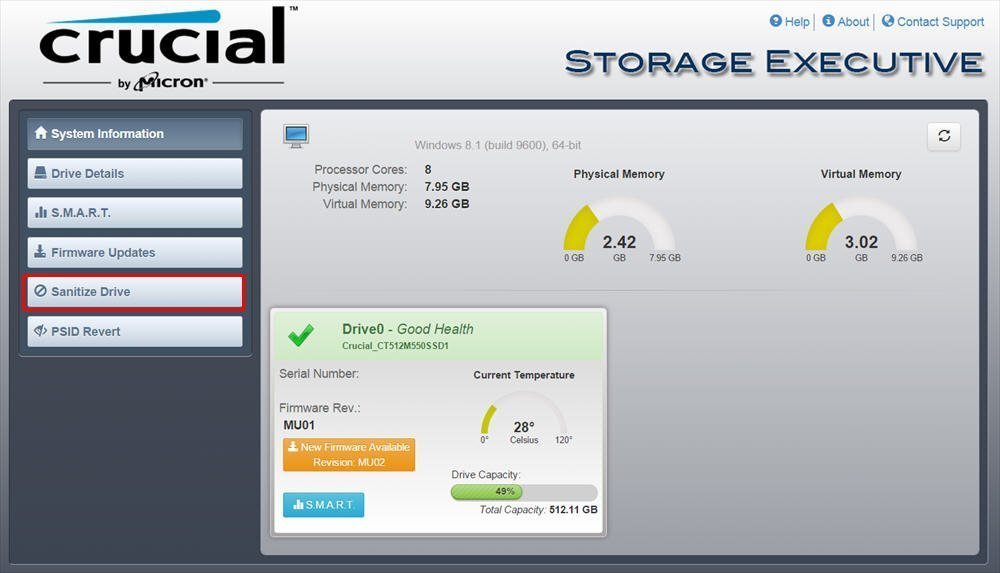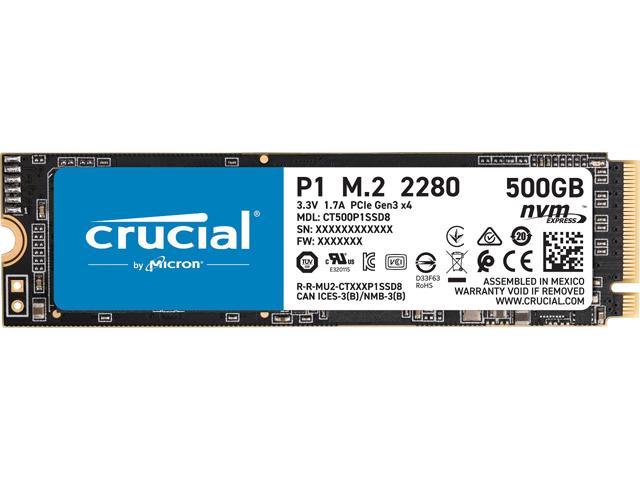
Steve Smith.Doing so can sanitize the Drive, ensuring that viruses and malware have no place left to hide. Information filed away for reference! Forum Search. That process significantly reduces write count to the cells and refreashes the drive performance as well. This causes the drive controller to see the drive cells as marked for writeable space in the same way as a TRIM command and those cells which are set as zeros are then switched to ones indicating they are free to be written to again.

With these drives a secure erase function is simply a reset of the encryption key by the controller.

The keys for this encryption are set and administered by the drive controllers themselves. Many of the most recent SSD's on the market use encryption when writing data to the drives. So this is of course the prefered tool to use in erasing an entire drive. This process is more taxing on SSD and can be very long when using more complex alogorithms to ensure security. Also, some users prefer secure erasing an SSD before restoring an image to "revive" the disk and return it to prime performance. So once you delete data let your machine idle for a period of time for the TRIM to take effect and run. The SSD drive controller will reset the drive cells to ones when it determines that drive activity is at a level that will permit doing so without impacting performance to heavily. Performing an erase in this manner will limit the amount of writes to the SSD memory cells to the least possible in erasing data and TRIM will reclaim the erased mamory cells which will restore the drives performance to optimum levels. Issuing the TRIM command resets the cells to ones which marks the cells as free for writes again. When you delete data on an SSD the memory cells are set to zeros.

Securely Erase Your SSD for Windows, Mac and Linux Users


 0 kommentar(er)
0 kommentar(er)
